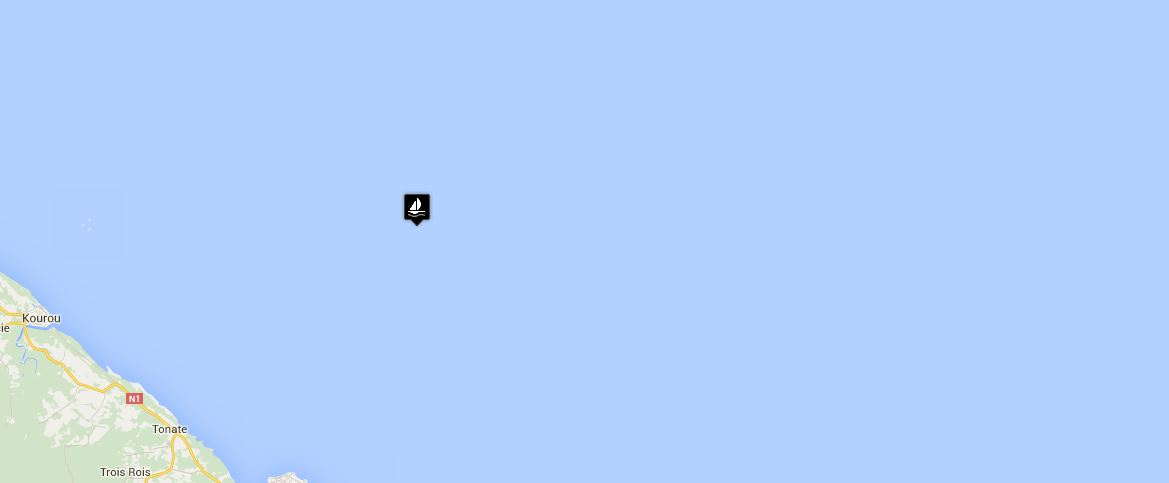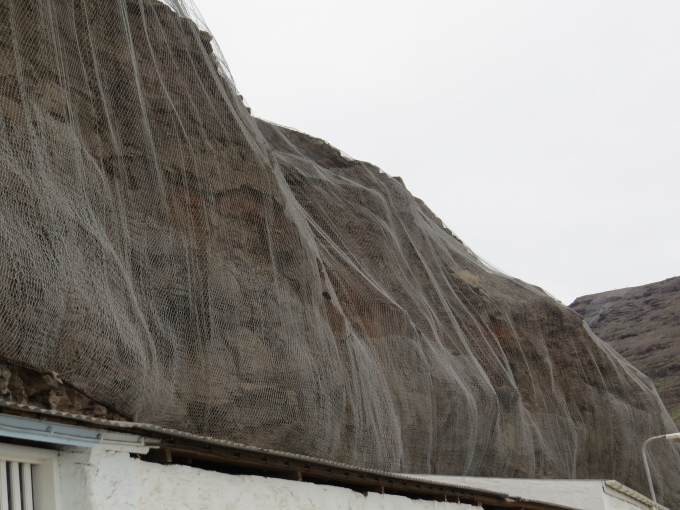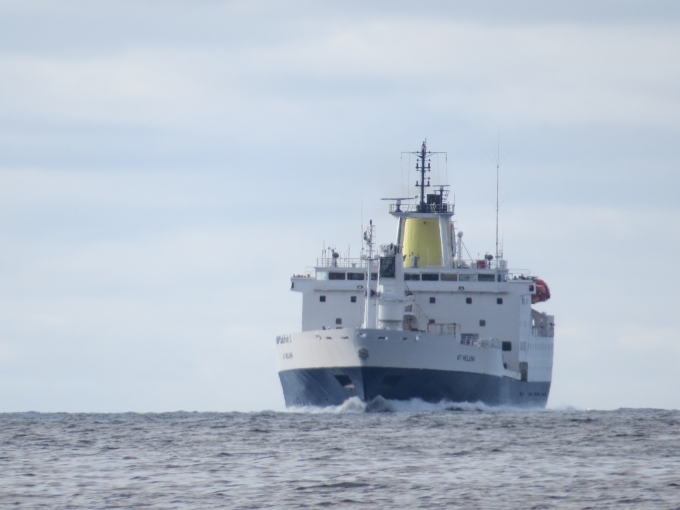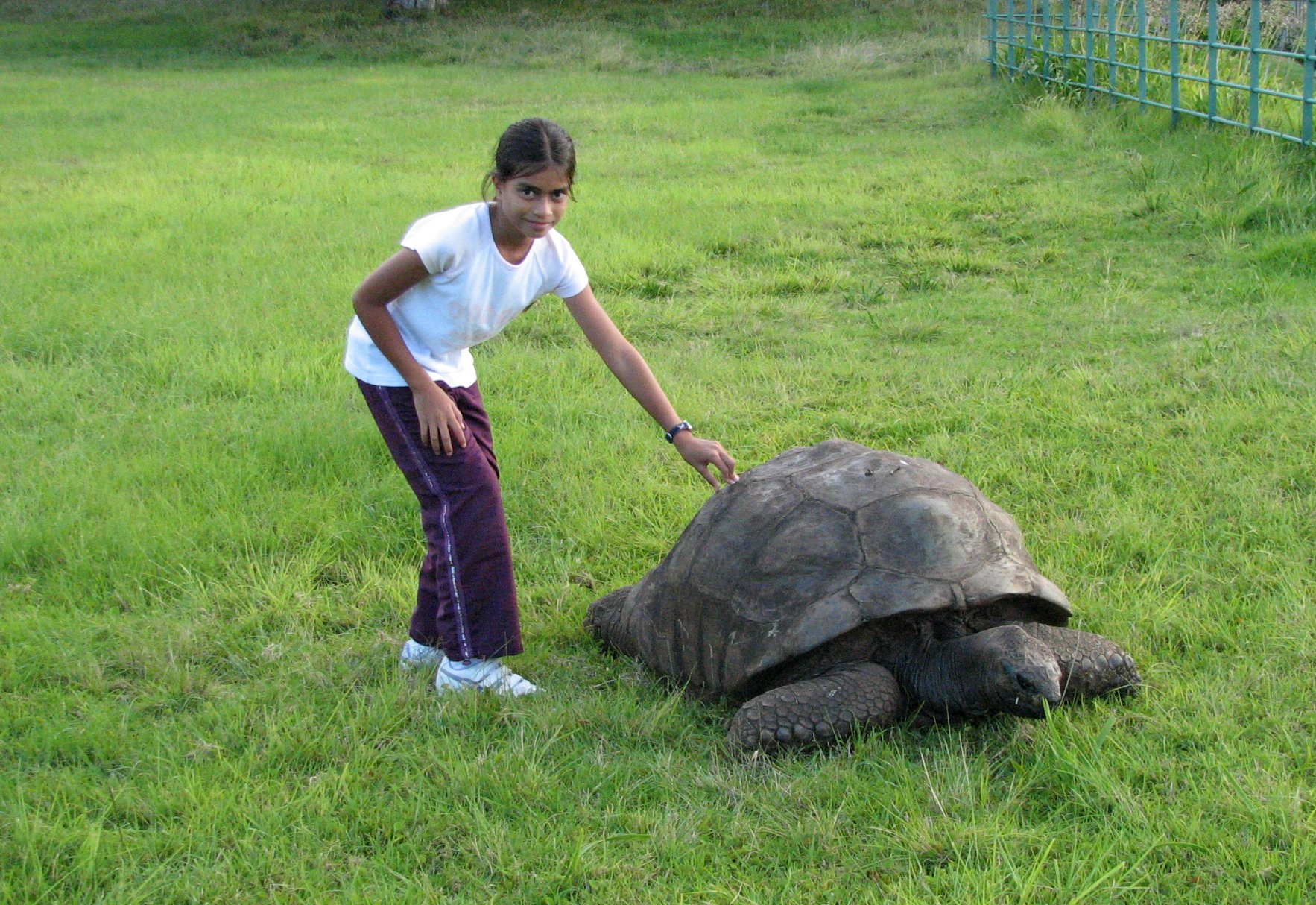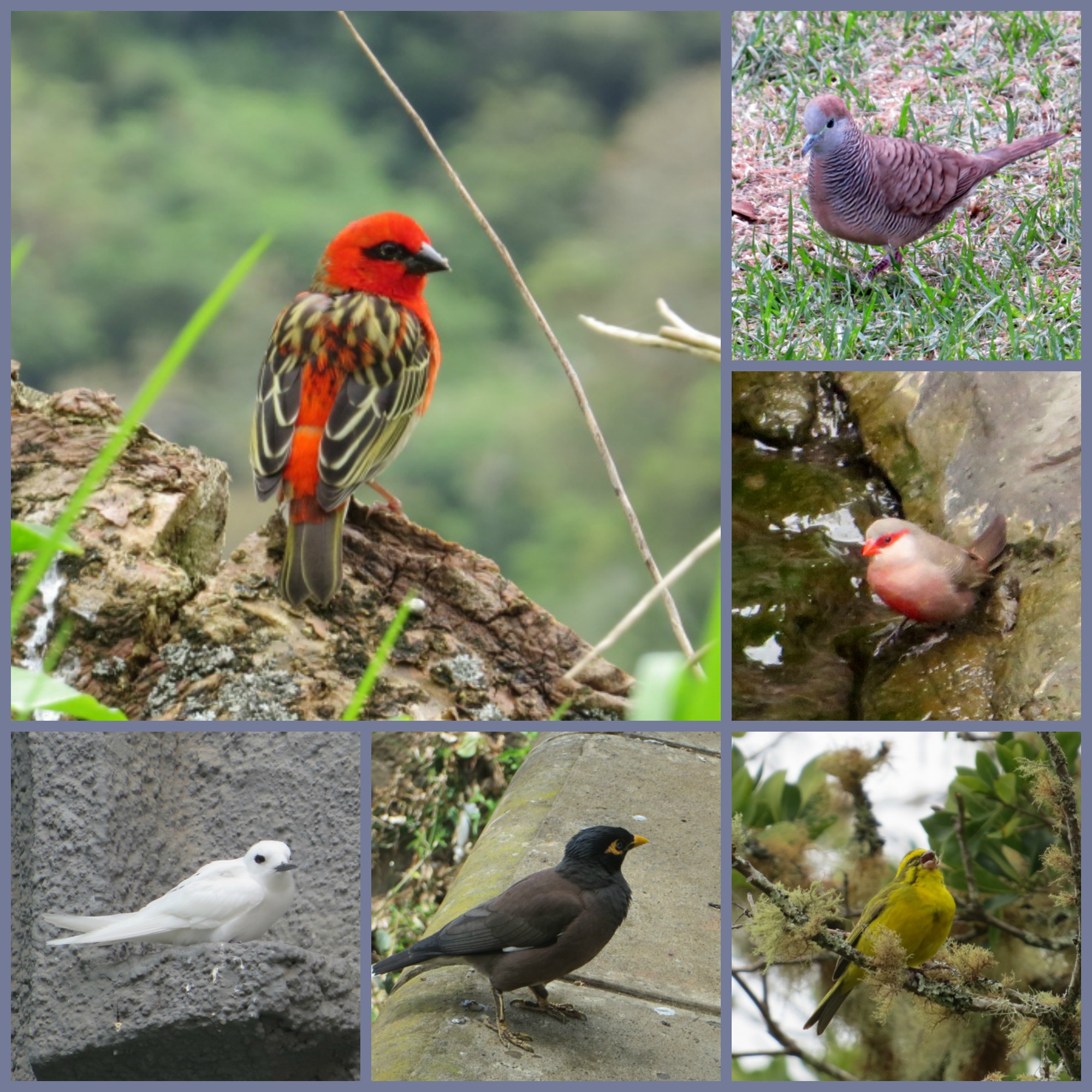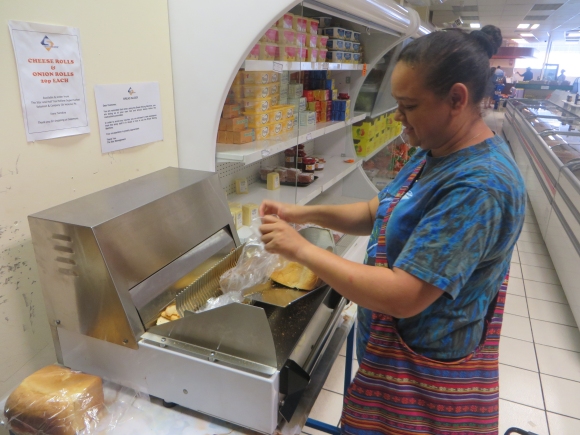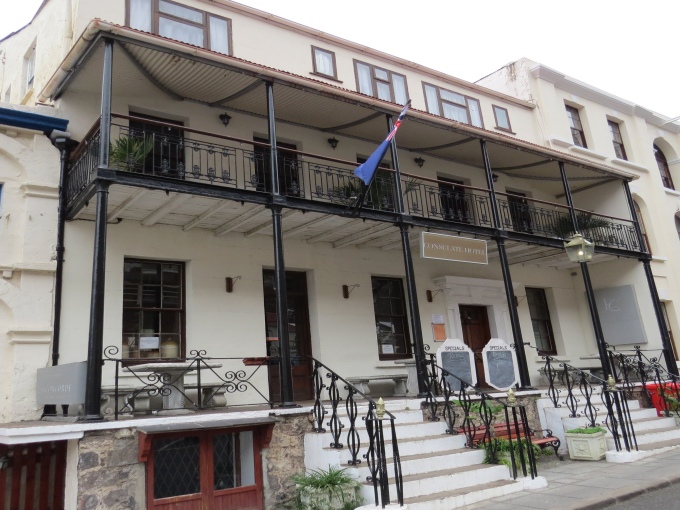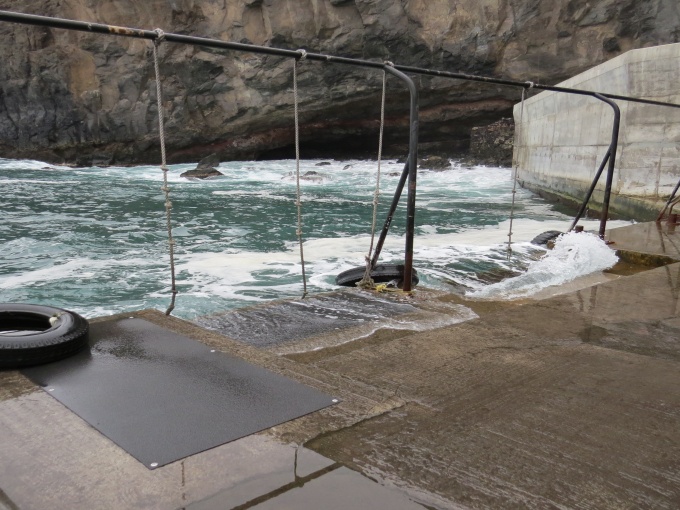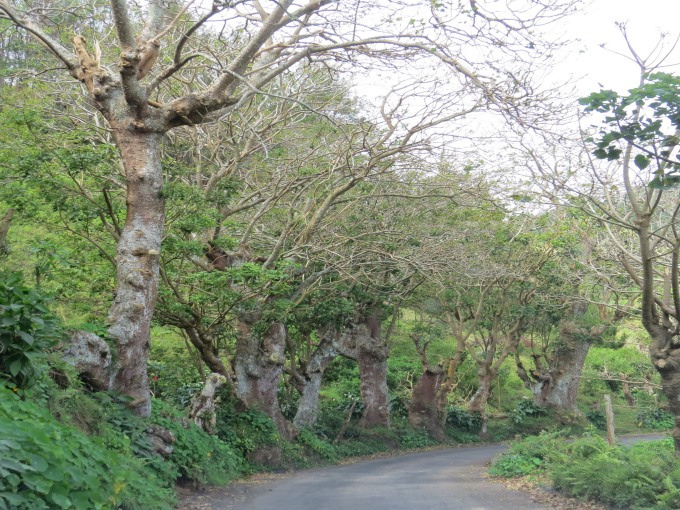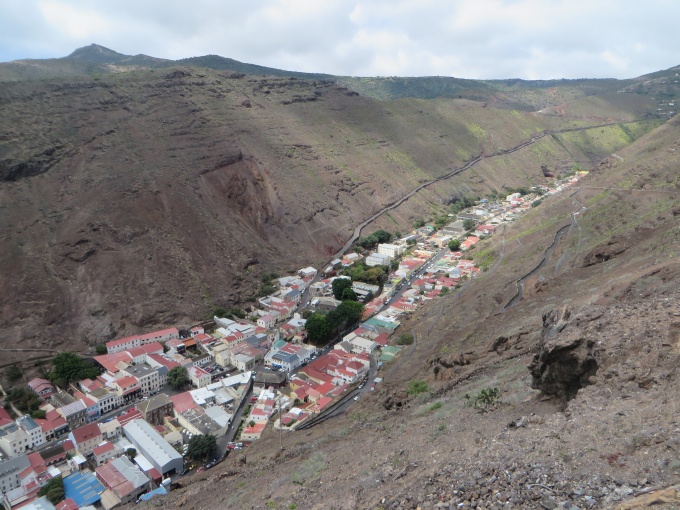St. Helena to French Guiana - Days 21 - 23
/Day 21
Miles to go: 676
A full moon in a mackerel night sky...a change in the weather coming? The weather forecast shows more of the same for the next five days and the barometer remains steady. We'll wait and see what comes. The effect of the rippled, fish-scale clouds with the bright moon behind them was stunning. The moonlight was so bright, I took photos for sharing later.
Not having walked for three weeks is hard on our bodies. We do some exercising, but we're mostly sedentary, especially since we haven't even had to adjust the sails in days. Making the morning rounds on deck or climbing the ladder into the cockpit is not quite like walking for several miles a day which we tend to do when we're in port. It'll be good to stretch our legs. This has been such a benign passage so far (thank you, Neptune), we've gained weight instead of losing it. Bah!
By the way, our first foray ashore after a long passage is always a bit comical. We sway and stagger like a drunk until our bodies figure out we don't have to compensate for the roll of the boat any longer. No videos allowed.
We got an email reminder from NOAA today. Time to renew our EPIRB registration. It's easy to forget, but easy enough to do on-line (when you have Internet) and important to handle. I keep important renewal dates like this on a calendar, so they don't get overlooked. This sounds like a good blog topic for sometime in the near future.
Day 22
Miles to go: 580
Two ships passed us during the night and we saw several more during the day. One came within 1.5 miles of us, and having the AIS display his course and CPA was reassuring. Some ships are probably heading for Belem or other Brazilian Amazonian ports and others are heading back across the Atlantic. It's odd to see so much ship traffic after weeks without seeing any at all.
We had a visitor during the night. A brown noddy hitchhiked a ride on the solar panels for several hours, spanning our watches. He'd do a couple fly-bys, lite for awhile and then fly off, returning in 10-15 minutes. He practiced the same routine over and over again, but was gone when I took over at 0600. He must have found a better alternative.
Speaking of taking over at 0600, it was dark this morning when I started my watch...a sure sign that it's time to change the clocks one hour ahead again. We gained an hour this morning and we're now on Cayenne, French Guiana time, -3 hours GMT.
As I sat on watch in the early morning hours and contemplated the endless motion of waves and swell, that old factoid about 70% of the Earth's surface being covered by water came to mind. We've been sailing in pretty much a straight line, non-stop, 24x7, for nearly a month and we haven't run out of ocean. In the Southern Ocean, a boat could sail endlessly to the east or the west and never hit land. So glad we live on a boat... and really glad South America is right up ahead.
We've picked up an adverse current that's slowed us down a bit. It's running between 1-2 knots. Hard to tell exactly since the speed transducer isn't providing through-the-water speed. We've checked the pilot charts and no countercurrents are noted. In fact, we should be seeing a favorable current. Instead, we're sailing along as smoothly as we have been and only doing mid-3s. Maddeningly slow progress.
Several ships, one hitchhiker, a time change, a countercurrent, and no flying fish. Quite the day!
Day 23
Miles to go: 440
A dog of a night! We've lost the ever-present southwest swell of the South Atlantic, but last night we picked up a confused wave pattern combining gentle, long period southerly swells that alternated with vicious, short-period, steep waves that hit us square on the beam and had us rolling gunwale to gunwale. One moment, we'd be rocking gently and the next, the boat would jerk and lurch violently. The pattern repeated itself every 10 minutes or so throughout the night, making it lumpy, bumpy and quite uncomfortable for on-watch and sleeping crew alike.
PLUS we're heading southwest, not northwest! We managed to lose 18 miles of our northerly progress through the night between wind shifts and a southerly push. Luckily, we're doing it slowly because not only has the wind calmed to 8-10 knots, but it's changed direction to the east. We're blaming everything on the mighty Amazon River, more than 300 miles south of us, just because it's there. In actuality, it's all because I had the audacity to say we were doing so well and Neptune heard. Note to self: Keep these thoughts to yourself...you know better.
Our hitchhiker was back last night...at least we think it was the same guy. He took over the solar panels as if he owned them, got settled in, pooped, and hung out for several hours. David said he took off just before dawn...leaving a voluminous quantity of poop behind to be cleaned up by the early morning crew. Yuck!
When David woke at 0900, we re-rigged the whisker pole to starboard and jibed. Now we're too high on our northerly course, but that's how it goes. Another jibe in our future. As David pointed out, at least we'll get to sleep on the other bunk/tack and relieve some of the lameness caused by a starboard heel for the past week.
One itsy-bitsy flying fish...still counts -19 total
Almost there ... stick with us ... Days 24-26


